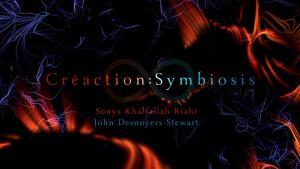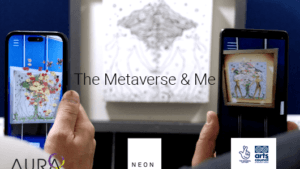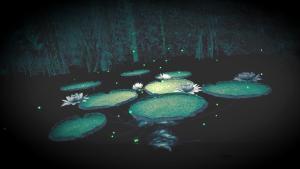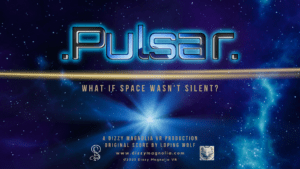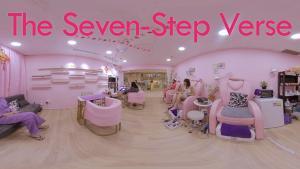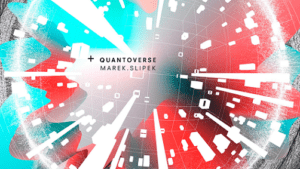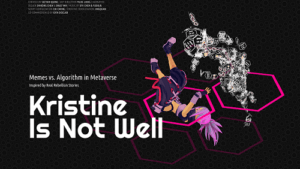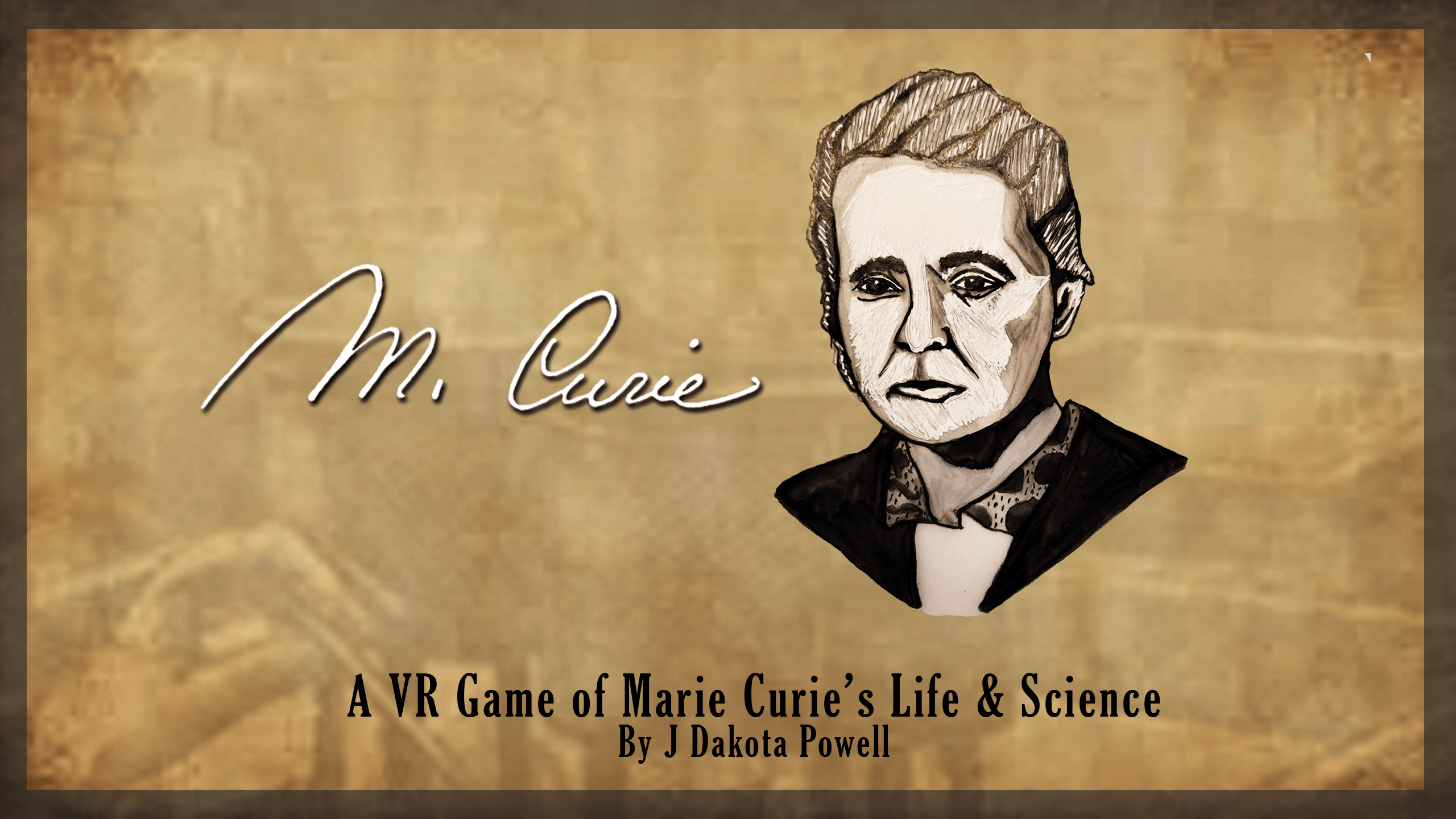
FIVARS 2023: Spotlight on M. Curie VR
 M. Curie is an interactive VR game where you will step back in time into Marie Curie’s shoes and experience the wonder, angst, and joy of a woman who overcame adversity to become one of the world’s greatest scientists. FIVARS speaks with M. Curie’s Director, J. Dakota Powell.
M. Curie is an interactive VR game where you will step back in time into Marie Curie’s shoes and experience the wonder, angst, and joy of a woman who overcame adversity to become one of the world’s greatest scientists. FIVARS speaks with M. Curie’s Director, J. Dakota Powell.
What led to the creation of this piece?
Initially, I was working on a virtual reality format about my grandfather, a Harvard physicist who helped to develop the Calutrons (uranium processors) for the Manhattan Project. The first chapter would cover Marie Curie’s discovery of radium.
As I dove into her life and modeled her physics and chemistry equipment in 3D, I found that more than one chapter on Curie was needed. Marie was a poor, a foreigner, and a woman when she enrolled at the Sorbonne in 1891. She ended up as a world-class scientist. What obstacles did she overcome?

What was the production process for you and your team? What did you learn?
Since I come from the theatre, I crafted the format as if I were drafting a play. The story would be a beat-to-beat progression of Curie’s early adult life. Because I do all of the 3D modeling, animation, and coding, I did a lot of experimentation in VR to see what worked and what didn’t.
The production journey was long and ridden with, well, outtakes! I learned the most from testing and editing the piece according to user feedback. When interacting with objects, there is a comfort zone for users in VR.
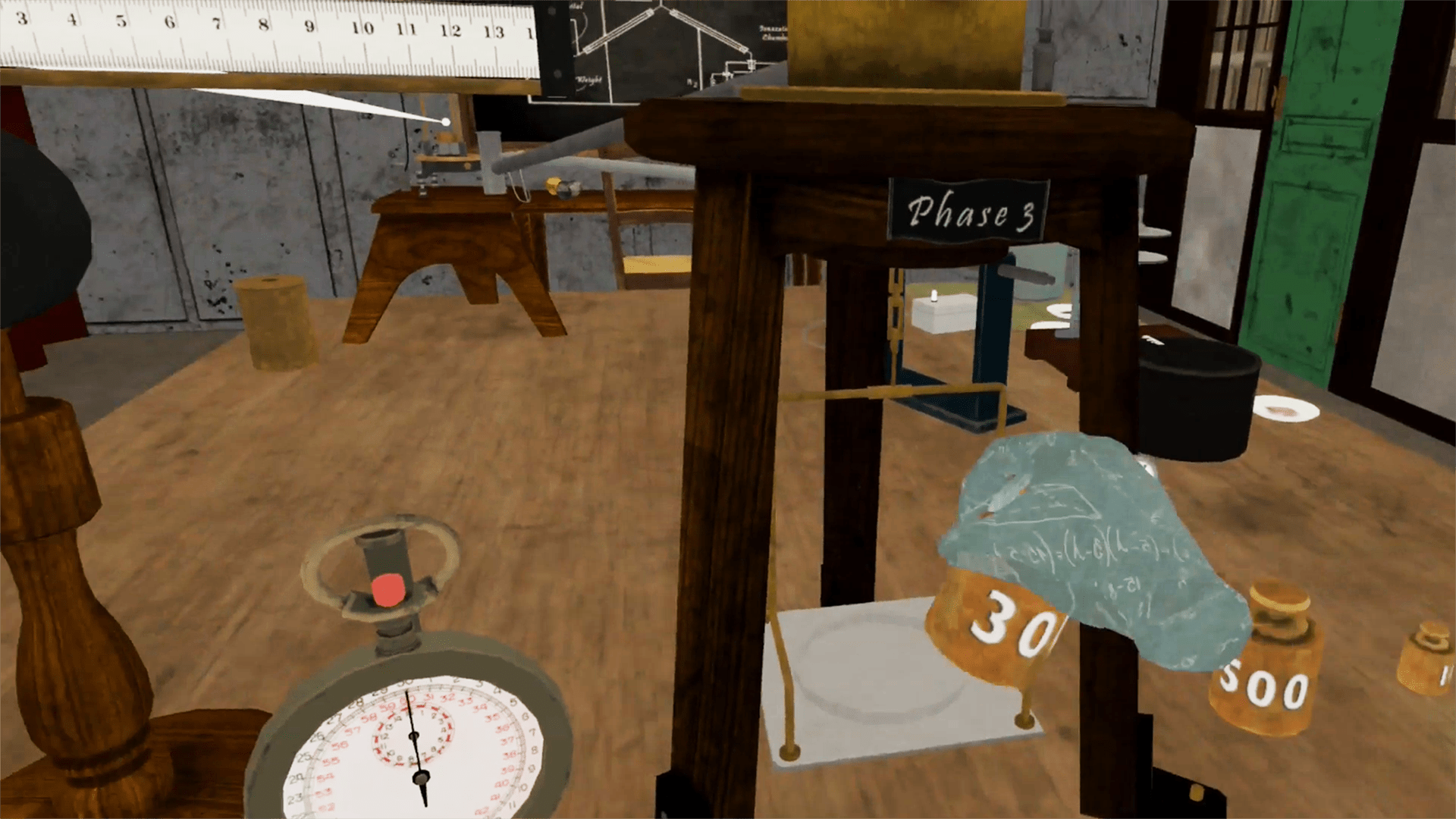
How did you become an immersive media content creator and why?
I studied VR at NYU’s Interactive Telecommunications Program (ITP) in 1999 and attended Jaron Lanier’s presentation of his data glove back in the day. When I returned to New York City from London in 2015, VR had taken off again. My first instinct was to create an immersive tech lab in the UK that focused on creating VR formats.
However, the chair of ITP encouraged me to stay in NYC and launch the XR lab at home base. So I did. Fortunately, NYU hosted the lab and provided a steady stream of talented NYU students.
Bottom line: VR is theatre. It’s a spatial medium that is ideal for storytelling.
What is the VR/AR industry like in your region?
New York City is a strong and fertile ground for everything XR. And the city moves quickly. Post-Covid, various XR meetups, and events are cropping up again.
What do you have planned for the future?
I’m circling back to where I left off and finishing the virtual reality format about my grandfather’s work on the atom bomb. However, I’ve decided to make it more personal and dramatic – a memoir. Because I like to gamify scenes and boost interactivity, it can be a tricky balance between storytelling and games in VR. That’s the challenge.
What would you like to share with fellow content creators and the industry?
I’m part of the Oculus Start program, developer heaven for VR creators. My fellow devs are so helpful when it comes to technical issues, marketing, etc. But there are nowhere near enough women in the production trenches. We need far more female XR developers, Unity or UE, in the Start discussion groups and the XR industry in general.
Do you think VR festivals like FIVARS are important?
VR festivals like FIVARS provide a critical counterbalance to the games we see on the Quest store. Arts and entertainment require both classic and commercial content for this space to thrive. Classic content – strong storytelling, meaningful themes, inventive experimentation, etc. – is featured at these festivals. (After spending years in the theatre, one knows that quality content is always king.)
They are also wonderful launchpads for emerging talent.
M. Curie at FIVARS runs in-person in Toronto September 15-19th.

